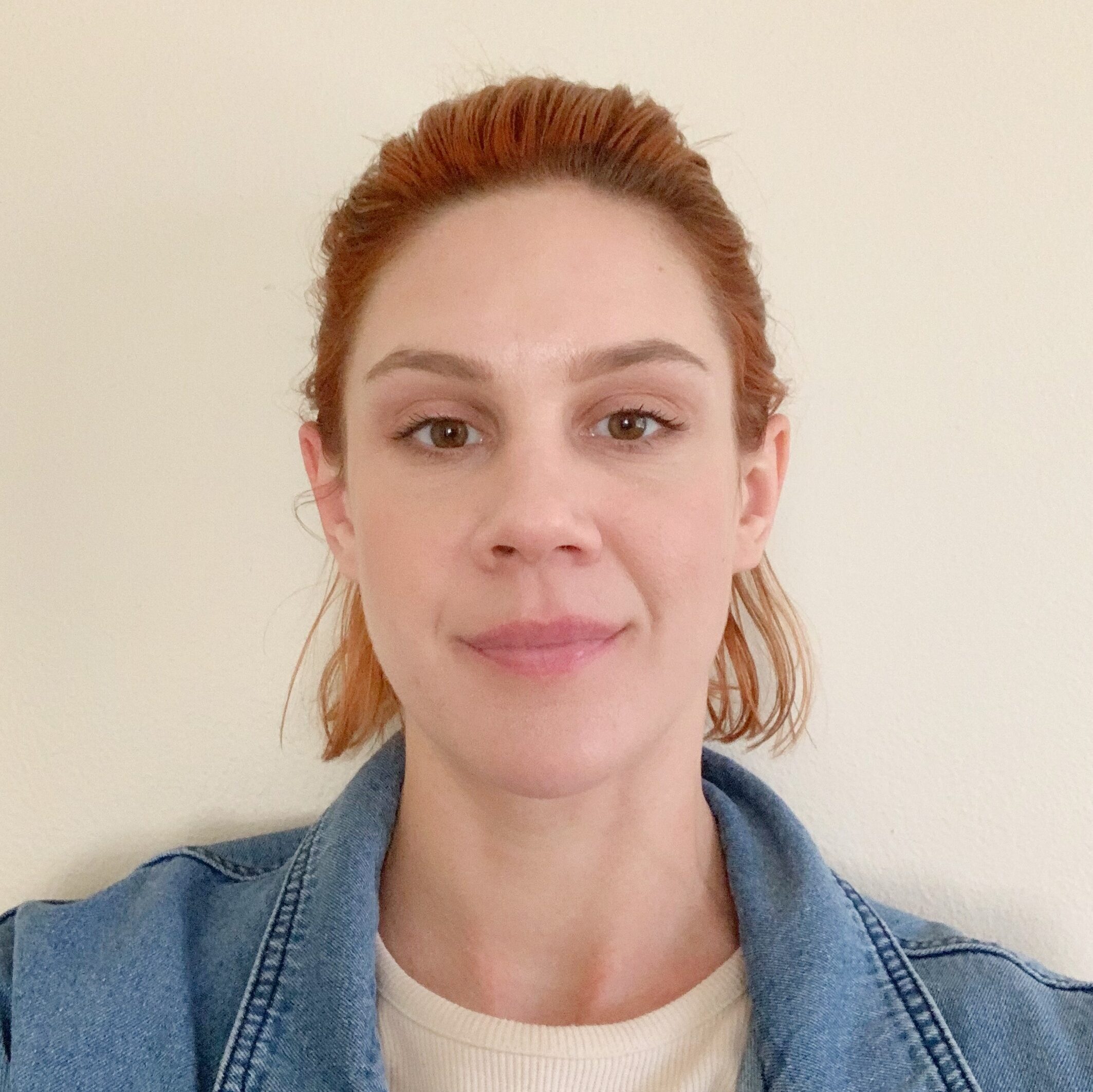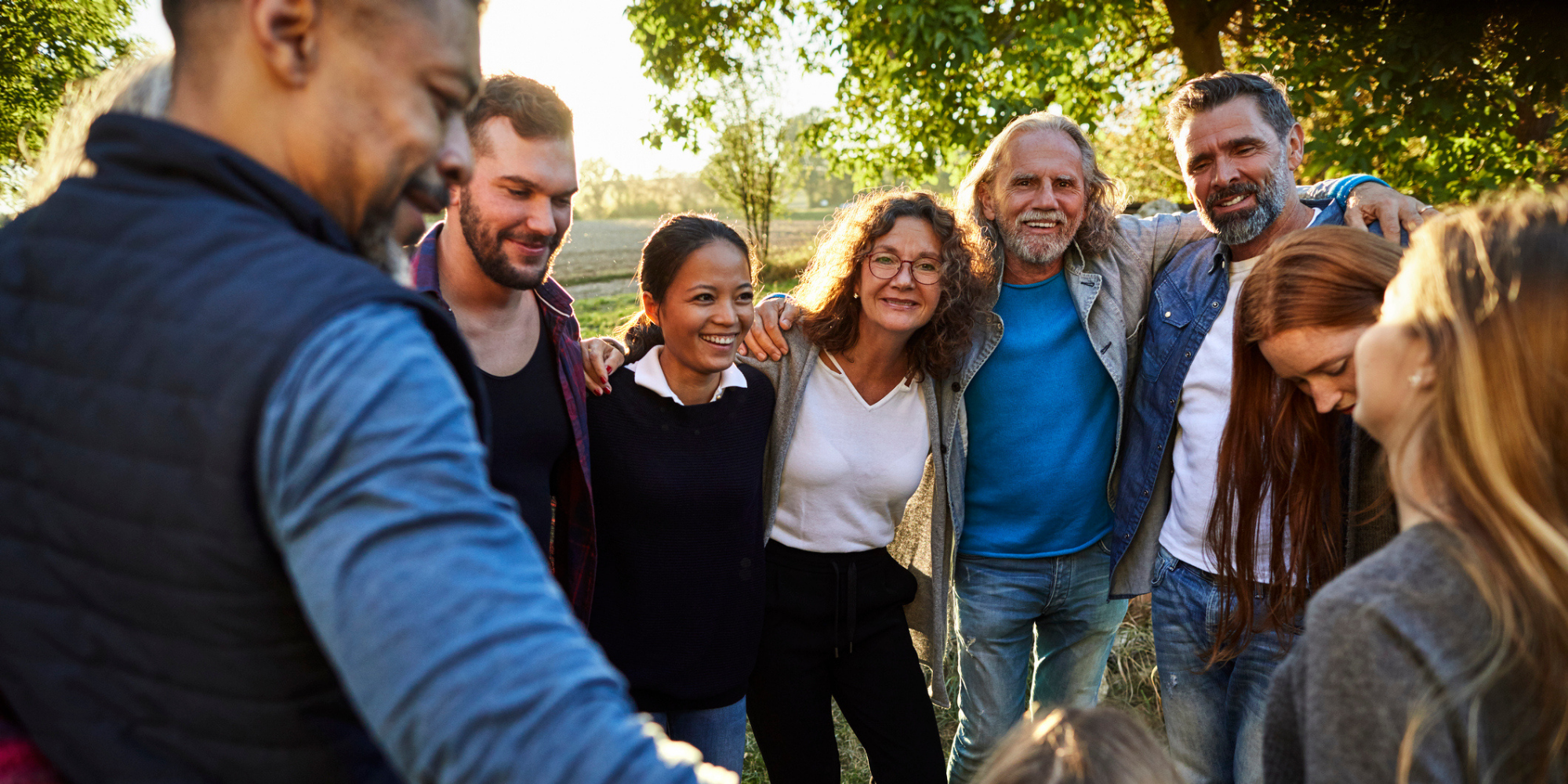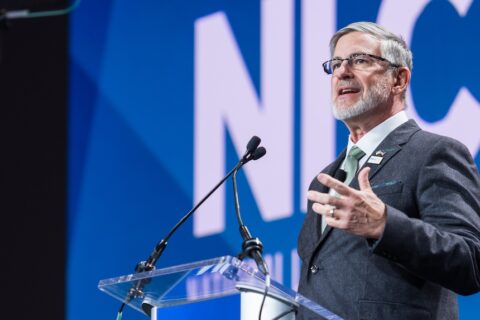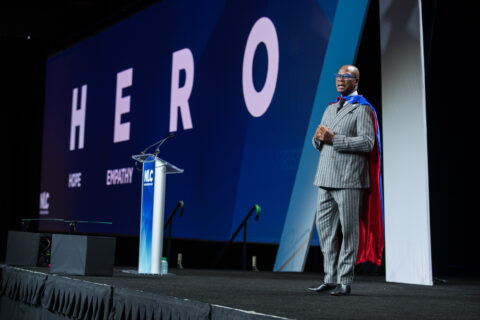In a changing world, it’s crucial communities are resilient enough to overcome the unknowns. Some of the most worrisome predictions include cyberattacks and mass migrations from climate change. More optimistic voices suspect life will be more efficient and clean, and technology will work for us versus against us. Regardless, change is imminent, and government leaders must consistently build relationships with residents to create community resilience and a society that works together.

Transparent two-way communication, follow-through, and adjusting the plan as needed cultivates trust between local government and constituents.
Community surveys enable leaders to execute these trust-building steps. Surveying collects residents’ opinions on quality of life in their communities. With insightful data, officials can make a plan, communicate the reasoning behind that plan, and demonstrate how that plan is working by comparing reports over time.
It’s a simple step to forming a resilient community.
Building Trust Results in Fast Action
Consistent engagement with the public creates a working relationship that cultivates a layer of trust.
Mike Sable is the Assistant City Manager for Bloomington, Minnesota. The City is dedicated to community engagement and has administered a resident assessment called The National Community Survey (The NCS) since 2012. The survey reveals what people think about pillars of livability including the economy, parks and recreation, health, utilities, and more. It helps leaders prioritize goals that match their constituents’ sentiment.
But the survey is one of the many tools in their communication toolshed. Bloomington also holds listening sessions at different local hubs. They invite residents and City leaders into planning meetings with public officials. That’s followed up with more outreach to community members who have a particular specialty on a topic.
“After the murder of George Floyd, many nearby communities were wrestling with police-community relations,” Sable said. “Having our engagement system in place so that we could quickly gauge [how our community felt] was really important.”
Established engagement allowed Bloomington to listen to and address public outcries effectively.
Follow Through on Plans, Then Recalibrate
Once a line of communication is open, government leaders must follow through with what they say.
Lisa Brown is the Strategy and Performance Manager from Rock Hill, South Carolina. Brown learned a memorable lesson in follow-through when she met a resident who was still angry about a 35-year-old failed promise. A former government leader had said they would build a playground in the resident’s neighborhood but never did. The person stayed angry with Rock Hill officials all those years.
“If we say we are going to do something, we have to do it. If you stay committed to what you say you’ll do, it reinforces the notion that we are all working together on behalf of the City,” Brown said.
However, projects don’t always go exactly according to plan. In this case, leaders must be open with the community about what happened so residents don’t assume their government leaders simply didn’t listen.
Because of the pandemic, both Rock Hill and Bloomington fell short of some strategic goals. But they publicly explained why they didn’t meet those targets. Then, they consulted community survey results to reset City plans.
Consistent surveys, like The NCS, show leaders how their plans are performing over time. Results reveal where cities are right on target, falling short, and how priorities have shifted. This community feedback lets leaders know whether to change course or forge ahead.
“The strategic plan is a living document,” Brown said. “You may not hit the targets, but you are still working towards the overall outcomes. It’s OK to tweak the plan.”
Engagement Connects Residents to Something Bigger
A byproduct of resident engagement is naturally connecting people.
Research shows people who are involved in something bigger, like their neighborhood, church, or social club, rebound easier from crises than isolated people. Inviting participation in local government can yield the same powerful effect.
“When we use data, when we use focus groups, and when we use invitations to bring people together, residents start to realize they have more connections to their neighbors and groups than they would otherwise have,” Sable said.
Connection to the bigger picture creates a community where people want to live. And if they’re proud of their city and trust leadership, the more likely they will be to get involved.
The cycle of feedback, analysis, action, and adjustment creates resilience and a positive momentum. It all stands on a foundation of listening.
“It’s so important to build a system for how you get feedback from residents and stick with it,” Sable said. “It does not need to be a grand plan. You just have to start.”
Get Connected
Polco is a civic engagement tool that helps city leaders find smarter ways to engage with their communities. Connect to learn how to partner with them today.

About the Author:
Jessie O’Brien is a copywriter at Polco.









